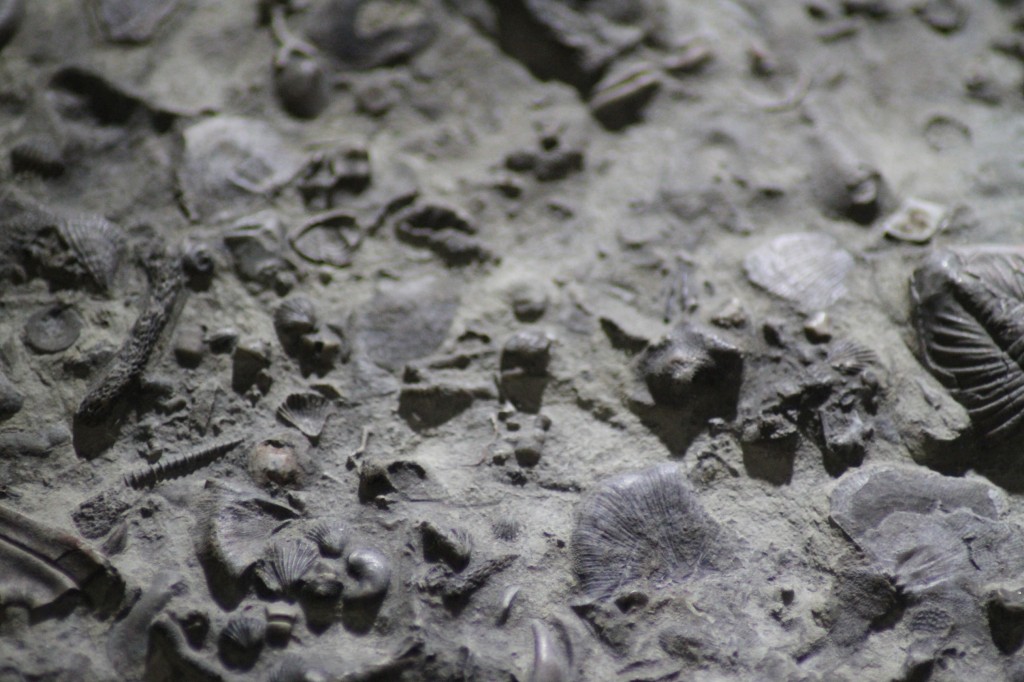Browsing the "Paleozoic" Category
The Paleozoic era, meaning “ancient life”, is a division of earth’s history spanning from around 541 to 252 million years ago. It is subdivided into the Cambrian, Ordovician, Silurian, Devonian, Carboniferous and Permian periods. The beginning of the Paleozoic is characterised by the sudden appearance of animal ecosystems following the extinction of the Precambrian Ediacaran fauna. The end of the Paleozoic is marked by the greatest mass extinction in earth’s history, following which global ecosystems were radically reorganised.
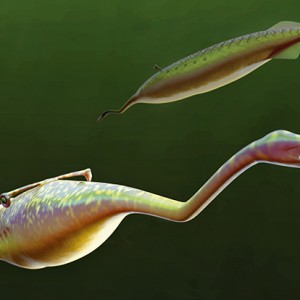
Published on March 18th, 2016 | by David Marshall
Tullimonstrum gregarium, better known as the ‘Tully Monster’ is a problematic fossil from the Late Carboniferous Mazon Creek lagerstätte, Illinois, USA. The identity of this fossil has been the subject of much debate, due to its peculiar [&hellip... Read More →
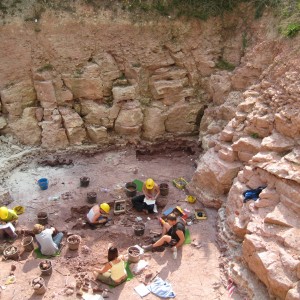
Published on February 22nd, 2016 | by David Marshall
Beneath the city of Chemnitz, Germany, exists a entire fossilised forest. This whole ecosystem was preserved in life-position during a series of volcanic events. The forest is from the Permian period and thus represents a fantastic [&hellip... Read More →
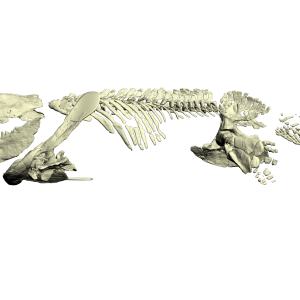
Published on January 15th, 2016 | by Liz Martin-Silverstone
One of the most difficult aspects of palaeontology is understanding how extinct animals moved around. It’s one thing to find a fossil and reconstruct it’s morphology, but it’s completely another to put that morphology into action [&hellip... Read More →
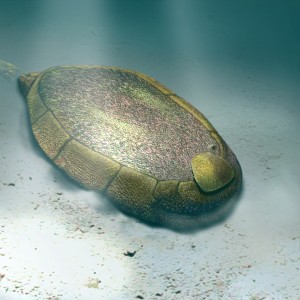
Published on October 29th, 2015 | by Liz Martin-Silverstone
Two new studies lead by University of Bristol palaeontologist Dr. Imran Rahman (Episode 28 – From worms to stars) are helping to explain feeding and the digestive system in some early animals. His work focuses on [&hellip... Read More →
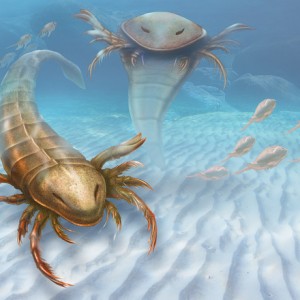
Published on September 1st, 2015 | by David Marshall
Eurypterids, or ‘sea-scorpions’ are an extinct group of chelicerates: the group containing the terrestrial arachnids (such as spiders and scorpions) and the aquatic ‘merostomes’ (represented today solely by the horseshoe crabs). They bear a gross-morphological resemblance [&hellip... Read More →
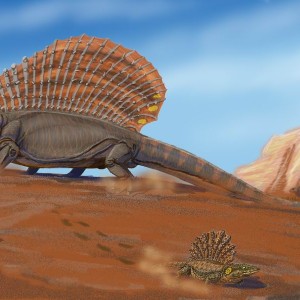
Published on July 31st, 2015 | by David Marshall
Synapsids are one of the major groups of terrestrial vertebrates. They first appear in the Carboniferous period and since that time have gone through many radiation and extinction events. But what did these first stem-mammals look [&hellip... Read More →
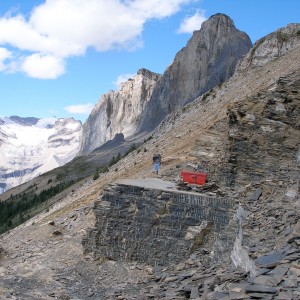
Published on July 17th, 2015 | by David Marshall
The Burgess Shale is probably the world’s most famous lagerstätte (site of special preservation). Discovered in 1909 on Mt. Stephen, in the Canadian Rockies of British Colombia, Canada, this locality provided an early representation of the [&hellip... Read More →
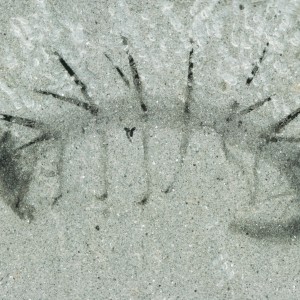
Published on June 29th, 2015 | by David Marshall
It’s been quite a week for lobopodians! First off, we’ve had the redescription of Hallucigenia by Dr Martin Smith. This enigmatic fossil from the Burgess Shale typifies the difficulty palaeontologists have had in interpreting some of [&hellip... Read More →
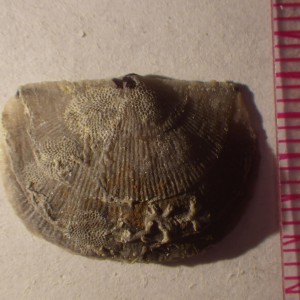
Published on June 15th, 2015 | by Liz Martin-Silverstone
The world is currently undergoing a massive biodiversity crisis, and many people have said that we are in the next major mass extinction event, with species going extinct each day. Unfortunately, we don’t currently understand what aspects [&hellip... Read More →
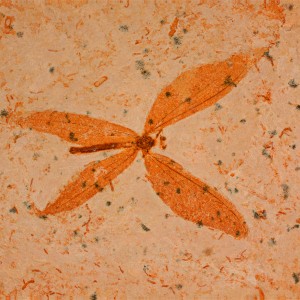
Published on March 1st, 2015 | by David Marshall
Insects are the most abundant and diverse group on animals on the planet today. Would they therefore also be expected to have the richest fossil record? When did they first evolve and how rapid was their [&hellip... Read More →






















